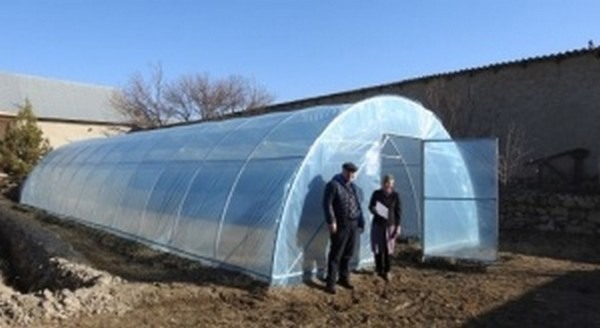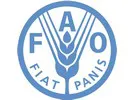The Food and Agriculture Organisation of the UN (FAO) donated altogether 34 greenhouses to rural families living in Uzbekistan’s southeastern regions (Bukhara and Kamashi districts) as part of the socio-economic response to the global crisis caused by the COVID-19 pandemic. The greenhouses will improve the nutrition and livelihood of vulnerable families, FAO said.
“Low-income families were selected for FAO support on the basis of their employment and social situation during the lockdown,” said Batyr Togaev, Governor of Kamashi district. “Thanks to the FAO project, we will continue providing job opportunities and increase livelihoods of rural people living in the most remote areas, and enhance their living standards.”

“If the greenhouse is used effectively, one can earn about 10 to 30 million soms (approx. USD 1000 to 3000) per year,” stressed Aziz Nurbekov, FAO expert on drought risk management. “Now the most important thing is to ensure proper work in greenhouses. Therefore, we visited all the beneficiaries and advised them about the sowing of vegetable crops. For example, now it is best to sow green onions, spinach, dill, and coriander, and after harvesting these in March, it will be time for planting tomatoes, cucumbers, and bell peppers.”
Self-sufficiency
In 2020, to support the rural population in Uzbekistan facing certain difficulties during the lockdown period, FAO donated 31 water pumps, 10 two-wheel tractors, as well as 30 000 vegetable seedlings, and almost 11 tonnes of mineral fertilizers to be used in Bukhara and Kashkadarya provinces. All this has been a great help to rural households in such a difficult period since they received not only new sources of income, but also the opportunity to become self-sufficient in food production.
“I am grateful to FAO for this opportunity,” said Sanjar Rakhimov, a farmer from Bukhara. “Thanks for the installation of this greenhouse, my family and I were provided with employment. Now we have a lot of plans.”
Advice
He followed the professional advice and planted garlic, spinach, dill, coriander, radishes, and green onions. “We plan to harvest the first crop in mid-March. Then, having made a profit, we will expand the household, build another greenhouse,” Rakhimov added.
The support was provided within the framework of the FAO CACILM-2 project (Integrated Natural Resources Management in Drought-prone and Salt-affected Agricultural Production Systems in Central Asia and Turkey), funded by the Global Environment Facility (GEF), and implemented in cooperation with the Ministry of Agriculture.
For more information: Food and Agriculture Organisation of the UN (FAO)
Food and Agriculture Organisation of the UN (FAO)
www.fao.org
